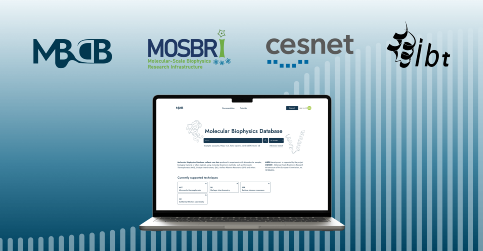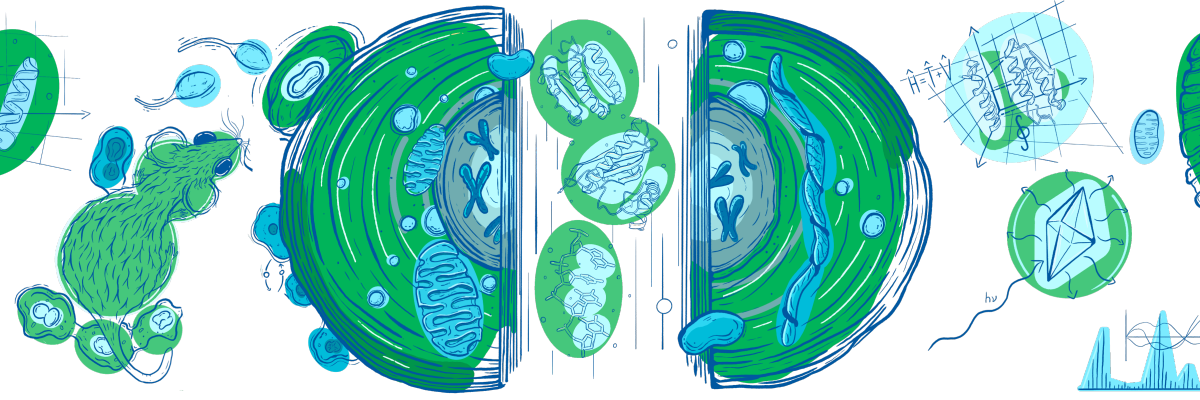
Institute of Biotechnology
of the Czech Academy of Sciences
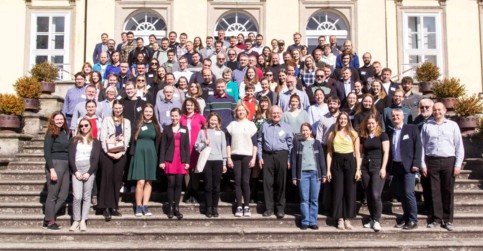
XXI Discussions in Structural Molecular Biology and 8th CIISB User Meeting ...
From March 20 to 22, 2025, the historic premises of the Nový Zámek chateau in Nové Hrady hosted the XXI Discussions in Structural Molecular Biology and the 8th User Meeting of the Czech Infrastructure for Integrative Structural Biology (CIISB). The conference welcomed 125 participants, who attended 27 scientific lectures, 9 short talks, and viewed 51 poster presentations

Czech scientists' groundbreaking discovery: horizontal mitochondrial ...
Horizontal mitochondrial transfer is the common denominator of more than 20 types of cancer. A team of scientists led by Professor Jiří Neužil from the Institute of Biotechnology, Academy of Sciences of the Czech Republic, at the BIOCEV Centre has spearheaded a study summarizing the findings of this process in the prestigious journal Cancer Cell. The publication may motivate the development of new approaches in anti-cancer therapy.
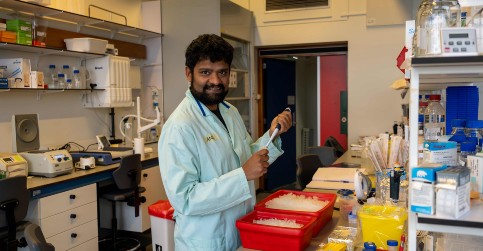
IBT welcomes first international research group leader: A Step Toward ...
In November the Institute of Biotechnology (IBT) is set to open a new laboratory, marking a historic milestone. For the first time, a foreign scientist will lead a research group at the institute, bringing fresh expertise and international collaborations.
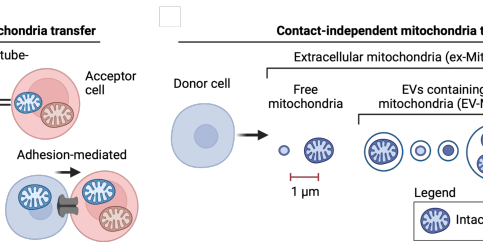
Horizontal mitochondrial transfer: New field of cell biology
Horizontal mitochondrial transfer (HMT) presents a phenomenon where mitochondria move between cells including mitochondrial DNA (mtDNA), in most cases with a functional impact for the cell that obtains mitochondria and, sometimes, also for the cell that loses these organelles. This phenomenon has been uncovered relatively recently, with first reports in the 90s of the last century.
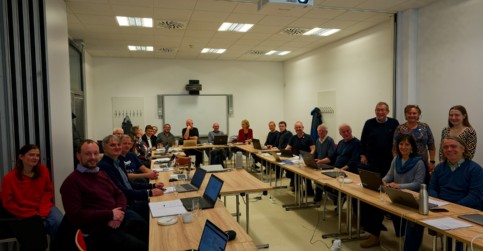
Instruct-ERIC Convenes at BIOCEV to Shape the Future of Structural Biology ...
Vestec, Czech Republic - The Instruct-ERIC research infrastructure gathered on November 21-22 at BIOCEV to discuss the present and future of structural biology. Hosted by the Institute of Biotechnology (IBT), the meeting brought together leading European researchers providing access to cutting-edge technologies and methods in the field to explore the future directions and accents in the European landscape of infrastructures.
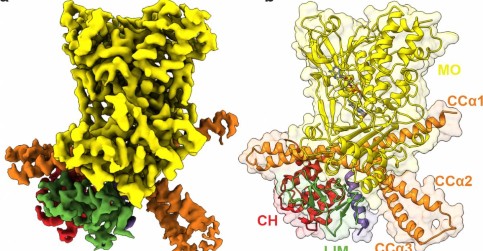
Protein MICAL1 Plays a Key Role in Cellular Dynamics by Controlling the ...
Researchers from the Faculty of Science at Charles University, three institutes of the Czech Academy of Sciences (IMG, IBT and IOCB), BIOCEV and CEITEC have made a remarkable advancement in understanding how cells regulate their inner framework. In a study recently published in Nature Communications, the team has uncovered the precise molecular mechanisms behind the protein MICAL1, which plays a crucial role in maintaining cell shape and movement. ...
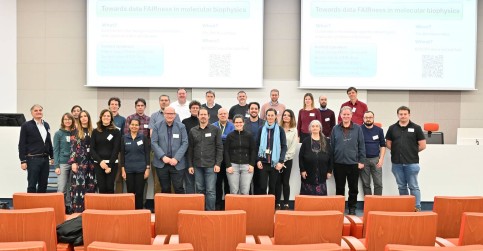
MOSBRI Conference at Biotechnology Institute Tackles Data Management ...
Vestec, Czech Republic — Last week, the Institute of Biotechnology hosted the MOSBRI conference at BIOCEV, where leading researchers, data repository experts, and biophysicsist convened to address critical challenges in the field: effective data management and accessibility. The two-day event, held on November 7th and 8th, fostered discussions on advancements in interoperability and integrative approaches to data sharing and analysis.
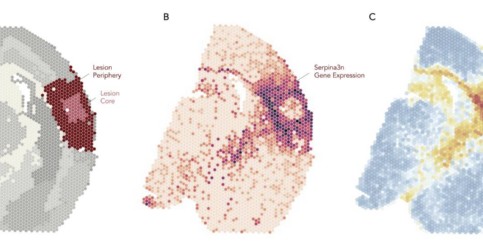
Groundbreaking study maps brain’s recovery process after stroke using ...
A team of scientists from the Institute of Biotechnology of the Czech Academy of Sciences (IBT CAS) and the Institute of Experimental Medicine of the Czech Academy of Sciences (IEM CAS), supported by colleagues at the Institute for Clinical and Experimental Medicine (IKEM), has made significant strides in understanding how the brain recovers after a stroke. ...
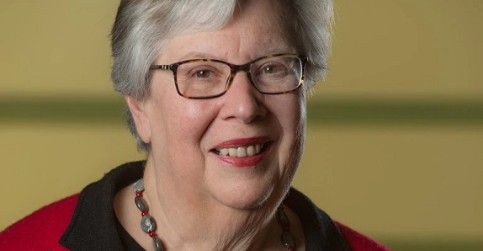
From Data Quality to Nobel Discovery: How Validated Science Data Transform ...
In a recognition of computational biology's power, this year's Nobel Prize in Physics celebrates the breakthrough solution to one of science's most persistent challenges: the protein folding problem. This achievement, made possible through the innovative combination of bioinformatics and artificial intelligence, demonstrates how validated, machine-readable data drives modern scientific discovery.
